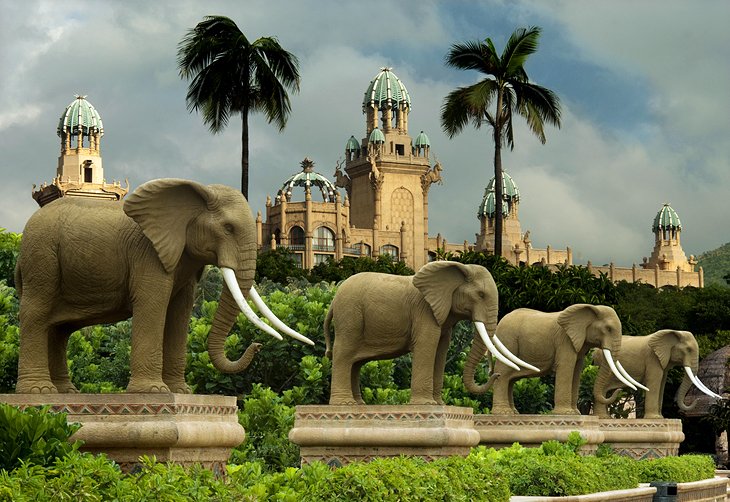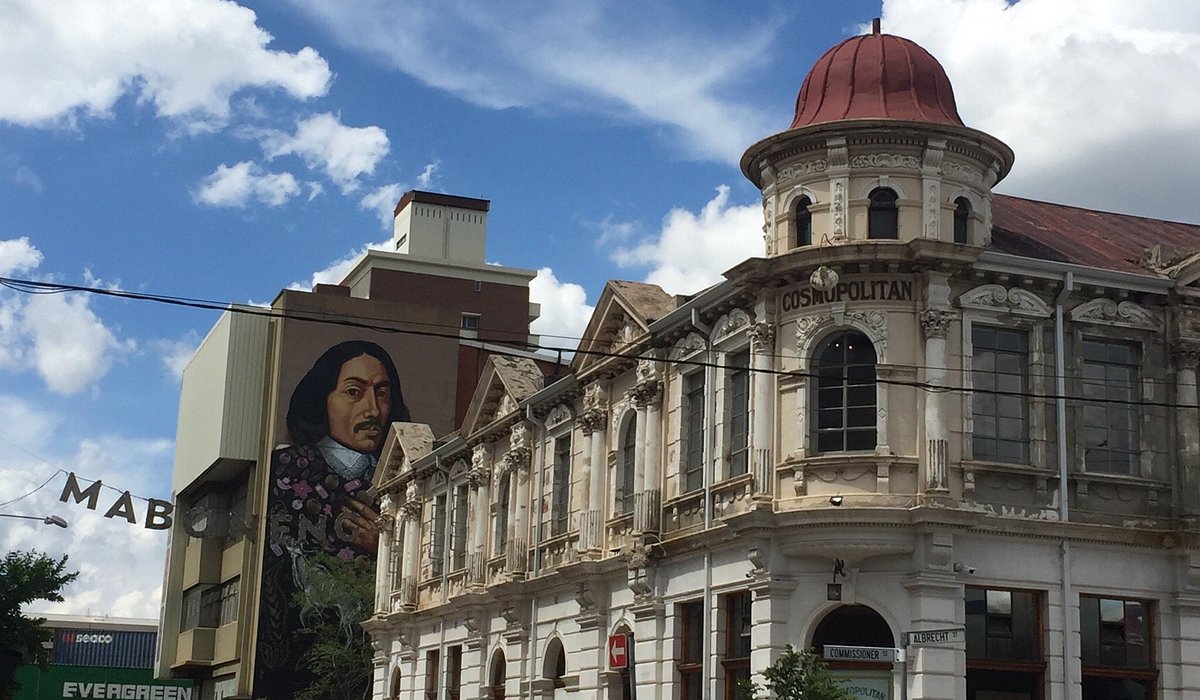The Ultimate Guide To Johannesburg North Attractions
The Ultimate Guide To Johannesburg North Attractions
Blog Article
The Facts About Johannesburg North Attractions Revealed
Table of ContentsThe Johannesburg North Attractions IdeasGet This Report on Johannesburg North AttractionsThe Single Strategy To Use For Johannesburg North AttractionsThe Buzz on Johannesburg North AttractionsSome Known Facts About Johannesburg North Attractions.The Greatest Guide To Johannesburg North AttractionsGetting My Johannesburg North Attractions To Work
You must maintain protection in mind and travelers need to remain alert at all times when in strange surroundings. Talk with the locals when you are in community to learn about the location you are remaining in. Johannesburg North attractions. When on the street (this doesn't put on purchasing malls and other protected environments) best general advice is to attempt your finest to look like a neighborhood and to avoid presenting any type of type of wealth
All About Johannesburg North Attractions
Professor Revil Mason O. J. (Thomson, 1946) checked out the Witwatersrand's pre-colonial background. His archaeological work blew up the 'em pty land' misconception, according to which the area was without human habitation before the arrival of European settlers. In his publications Prehistory of the Transvaal: A Document of Human Activity (1962) and Origins of Black Individuals of Johannesburg and the Southern Western Central Transvaal AD 3501880 (1986 ), Teacher Mason demonstrated the extent of social and financial advancement in the location before Europeans established foot here.

Not known Facts About Johannesburg North Attractions
In 1878, David Wardrop found gold in quartz blood vessels at Zwartkop, north of Krugersdorp. In 1881, Stephanus Minnaar came across gold on the farm Kromdraai, near the Cradle of Mankind.
In March 1886, a protrusion (quickly to be called the Main Coral reef) was discovered, quite fortunately, on Gerhardus Oosthuizen's ranch Langlaagte. Some say that the Lancastrian coal miner George Walker found this reef. One more itinerant English prospector, George Harrison (who had formerly worked in Australian mines) acquired a prospecting permit in regard of Langlaagte in Might 1886.
He chose to relocate on in a quest for greener fields, and disposed of his Langlaagte case for the baronial amount of 10. Alas: under lay the richest goldfield ever before found. The exploration of this abundant auriferous reef provoked a gold rush that signified the end of bucolic tranquillity in the southerly Transvaal.
It would certainly, within six years, become the largest community in southerly Africa. Within a decade, it would certainly make the Z. A. R. until after that an anarchical and insolvent little state the richest country in Africa. By the millenium, the Z. A. R. was to surpass Russia, Australia and the United States of America to become the world's leading gold producer, generating greater than a quarter of the globe's gold.
Johannesburg North Attractions Fundamentals Explained
It was called Ferreira's Camp, called after Colonel Ignatius Ferreira. He was a Boer traveler upon whom the British authorities had bestowed the standing of Friend important source of one of the most Distinguished Order of St Michael and St George (entitling him to the post-nominal letters C. M. G.) in thankfulness for his function in the war that had deposed the Pedi king Sekhukhune in 1879.
Quickly the camp was bursting with tents and wagons as newcomers got here daily from everywhere. By September 1886, some 400 individuals stayed in Ferreira's Camp, which soon flaunted built iron and lumber structures. 2 various other camps were established: Meyer's Camp on the ranch Doornfontein, and Paarl Camp. The latter was nicknamed Afrikander Camp; lots of people from the Cape Colony worked out there.

Not known Facts About Johannesburg North Attractions
This name gained currency by word of mouth, such that the State Assistant affirmed the name to the Mining Commissioner on 9 October 1886. Stands in the village were auctioned on 8 December 1886. While some stands were cost 10, others were torn down for as little as sixpence.
Two years later on, these erven were to change hands for as high as 750 each. The tented camps dwindled as a dorp of corrugated iron structures established and increased north of the mines situated along the Main Coral Reef Roadway. Areas such as Jeppe's Town (where working-class immigrants erected their residences) and Doornfontein (where the upscale brand-new 'Randlords' started to construct their luxurious residences) were quickly added to the ever-expanding map of the community.
Our Johannesburg North Attractions Statements
Apart from the street names, there were no indications of Johannesburg being located in a Dutch-speaking country., almost everybody spoke English and even the Government slaves addressed one next in English, unless they were first dealt with in the Taal (or Reduced Dutch)'.
Britain had an interest in ensuring optimal conditions for gold manufacturing on the Witwatersrand, and that the gold was exported to London instead than Berlin an imperative rendered all the more clamant by the Z. A. R.'s increasing toenadering with Germany. Mine owners got on an accident training course with President Kruger, whose plan of monopolistic concessions (commonly given to his cronies) avoided mining companies from procuring products of materials (specifically dynamite) and work on their own, less expensive terms
How Johannesburg North Attractions can Save You Time, Stress, and Money.
In 1890, the Volksraad had restricted the franchise business to white men who had actually resided in why not try these out the Z. A. R. for fourteen years or longer, hence invalidating most of the immigrants (who occurred to be the major factors to the fiscus). Agitation for the vote was a plain pretense for promoting a different agenda; a lot of uitlanders regarded themselves as short-lived visitors and had no purpose of staying in the Z.
Report this page